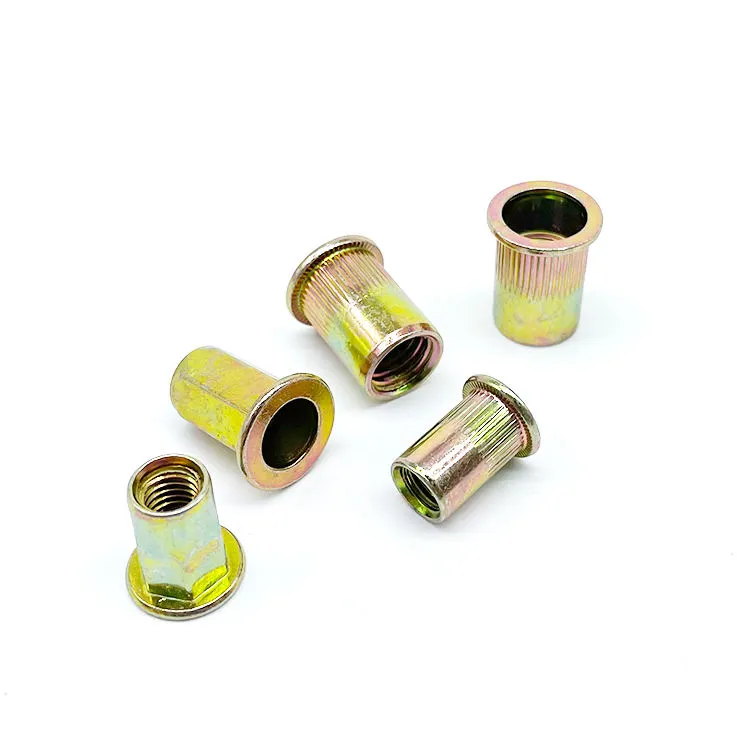

rotary cutter shear bolt
Dec . 27, 2024 14:06 Back to list
rotary cutter shear bolt
Understanding the Rotary Cutter Shear Bolt A Vital Component in Agricultural Machinery
In the realm of agricultural machinery, the rotary cutter stands out as an essential tool for land maintenance, particularly in managing grass, underbrush, and other vegetation. These machines are widely used in farming, landscaping, and municipal applications. Among the critical components of a rotary cutter is the shear bolt, a seemingly small but pivotal part that ensures both the efficiency and safety of the operation.
What is a Rotary Cutter?
A rotary cutter, often referred to as a brush hog, is a type of mower designed to cut thick grass and brush. Its design generally features a rotating blade that spins at high speeds, allowing it to tackle tough vegetation that traditional mowers cannot handle. Rotary cutters are typically mounted on tractors or are available as standalone units, making them versatile tools for various land management tasks.
The Role of the Shear Bolt
The shear bolt is a safety device used in rotary cutters to prevent damage to both the machine and the operator during operation. Located at key points within the rotary cutter's drive system, the shear bolt is designed to fail or “shear” under excessive stress or load. This mechanism is crucial in protecting the machine's vital components from severe damage that could occur if a foreign object—such as a rock or a large branch—were encountered while mowing.
When the rotary cutter contacts an obstacle that exceeds its operational capacity, the shear bolt will break, effectively disconnecting the drive from the blades. This prevents the mower’s gearbox and drivetrain from sustaining damage and can save significant repair costs and downtime. After the bolt shears, it can be easily replaced, allowing the operator to quickly resume work.
Advantages of Shear Bolts
rotary cutter shear bolt

1. Enhanced Safety One of the primary advantages of using shear bolts in rotary cutters is the safety they provide. By allowing the drive to disengage under stress, shear bolts reduce the risk of mechanical failure that could lead to accidents or injuries.
2. Cost-Effectiveness While regular maintenance and repairs can be costly, shear bolts offer a simple and inexpensive solution to protecting more expensive components of the rotary cutter. The cost of replacing a shear bolt is minimal compared to the potential costs of gearbox or blade assembly repairs.
3. Ease of Use Shear bolts can be easily replaced by users without requiring specialized tools or extensive mechanical knowledge. This makes maintenance straightforward, enabling operators to quickly address issues and minimize downtime.
Considerations When Using Shear Bolts
While shear bolts provide numerous benefits, it is essential to use the correct type and size to match the specific rotary cutter model. Using an incorrect shear bolt can lead to insufficient protection or, conversely, trigger premature failure under normal operating conditions. Operators should regularly inspect shear bolts for signs of wear and replace them as needed to ensure optimal performance.
Additionally, understanding the nature of the terrain where the rotary cutter is being used can help in preventing unnecessary shear failures. Where possible, operators should clear larger debris before mowing to minimize the risk of encountering hazardous objects that could trigger a shear bolt failure.
Conclusion
In conclusion, the shear bolt is a vital component of rotary cutters, providing essential safety and protection for both the machine and the operator. While often overlooked, this small but mighty component plays an integral role in ensuring the smooth operation of rotary cutters, making it an indispensable part of agricultural machinery. By understanding the function and importance of shear bolts, operators can better maintain their equipment and enhance their efficiency in land management tasks. As agricultural technology continues to evolve, the shear bolt is likely to remain a crucial element in the effective and safe operation of rotary cutters.
Latest news
-
Hot Dip Galvanized Bolts-About LongZe|High Strength, Corrosion Resistance
NewsJul.30,2025
-
High-Strength Hot Dip Galvanized Bolts - Hebei Longze | Corrosion Resistance, Customization
NewsJul.30,2025
-
Hot Dip Galvanized Bolts-Hebei Longze|Corrosion Resistance&High Strength
NewsJul.30,2025
-
High-Strength Hot-Dip Galvanized Bolts-Hebei Longze|Corrosion Resistance&High Strength
NewsJul.30,2025
-
Hot Dip Galvanized Bolts-Hebei Longze|Corrosion Resistance&High Strength
NewsJul.30,2025
-
Hot Dip Galvanized Bolts - Hebei Longze | Corrosion Resistance, High Strength
NewsJul.30,2025

